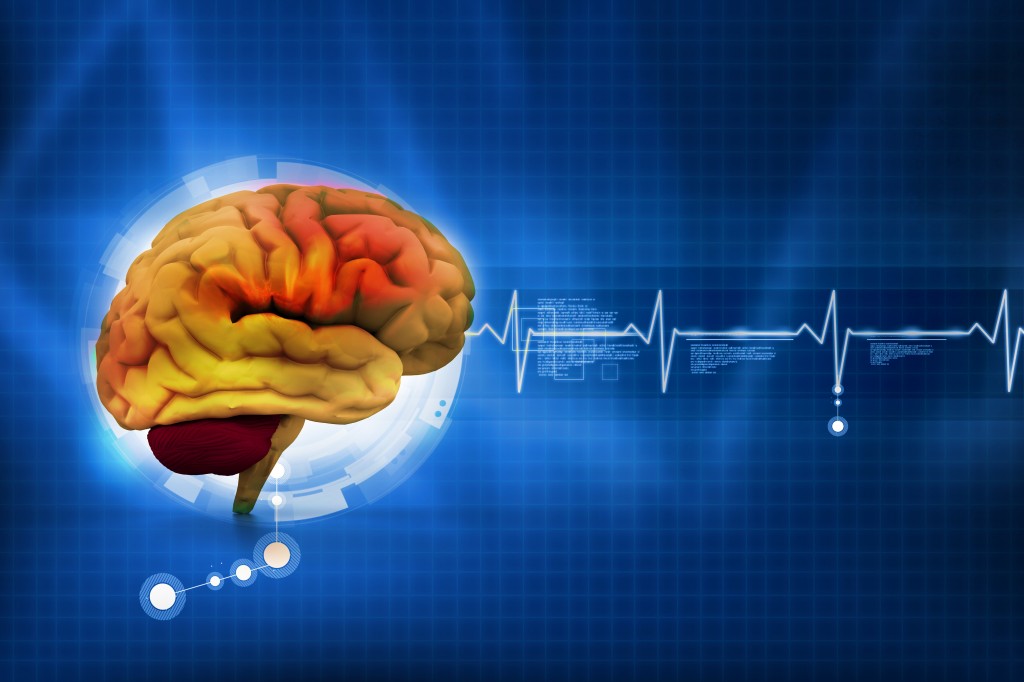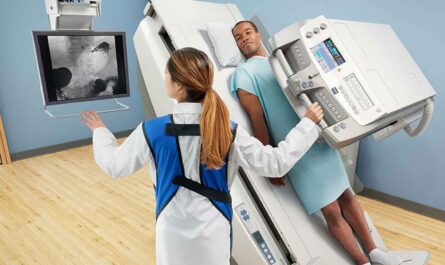Introduction
Neurology monitoring involves the use of medical devices and techniques to measure neurological activity and functions in patients. It allows doctors to track changes over time and identify abnormalities that may require further treatment.
Electroencephalography (EEG)
EEG is one of the most common and important Neurology Monitoring techniques. It records the brain’s electrical activity via electrodes placed on the scalp. EEG can detect seizures, tumors, infections, head injuries and other neurological conditions by identifying abnormal wave patterns. Continuous EEG monitoring is helpful for detecting non-convulsive seizures or monitoring epilepsy treatment. It also plays a crucial role in determining brain death.
Intracranial EEG
When standard EEG is unable to localize the source of seizures, intracranial or invasive EEG is employed. For this, electrodes are implanted either on the brain’s surface (grid and strip electrodes) or within deeper brain structures (depth electrodes). It provides higher resolution recording of epileptic activity compared to scalp EEG. Intracranial monitoring may last days to weeks to map seizures before considering surgery.
Evoked Potentials
Evoked potentials measure the brain’s responses to specific sensory stimuli like visual, auditory or somatosensory stimuli. This helps identify abnormalities in sensory pathways or locations of lesions or tumors. They are commonly used for diagnoses like multiple sclerosis, optic neuritis and nerve deafness. auditory brainstem response testing is routinely done in newborns to detect hearing problems.
Intracranial Pressure Monitoring
For conditions involving increased intracranial pressure like head injuries, hydrocephalus or brain tumors, direct measurement of pressure inside the skull is necessary. Intraventricular or intraparenchymal catheters are placed surgically to continuously monitor pressure levels. This guides treatment decisions to control elevated pressure and prevent herniation.
Cerebral Blood Flow Monitoring
Lasers, thermal probes and other technologies help track blood flow in the brain non-invasively. Significant reductions in blood flow can indicate areas of ischemia. Transcranial Doppler ultrasonography is often used in stroke and Vasospasm monitoring. Positron emission tomography also provides regional cerebral blood flow data invaluable for presurgical mapping.
Neurophysiological Monitoring
Direct stimulation of the brain and spinal cord along with monitoring of motor and sensory responses helps identify areas critical for motor, language and other functions. This intraoperative neurophysiological monitoring allows surgeons to map functional regions and prevent postoperative neurological deficits, especially during tumor or epilepsy surgeries near sensory or motor pathways.
Neurological Biomarkers
Analysis of biomarkers in cerebrospinal fluid and blood plasma has emerged as an important diagnostic and monitoring tool. Biomarkers like tau, amyloid beta and neurofilaments indicate ongoing neurodegeneration. Rise in levels of certain enzymes or proteins provides clues about conditions like meningitis, encephalitis or stroke. Biomarker monitoring also aids drug trials by tracking treatment response at a molecular level.
Remote and Home Monitoring
With advances in wireless telemetry and cloud computing, neurology monitoring is increasingly shifting from hospitals to home environments. Implanted devices can transmit EEG, seizures, pressure readings and other data in real-time to specialized clinics for remote oversight. This allows early intervention, better outcomes and quality of life improvement for patients with chronic conditions requiring long-term surveillance.
A variety of electrical, imaging and biochemical modalities are now available to gain deeper insights into the functional status and integrity of the brain and nervous system. Neurology monitoring plays a vital role in diagnosis, treatment guidance and research. Its continuous evolution will enhance precision healthcare delivery for numerous neurological disorders in the future.
*Note:
1. Source: Coherent Market Insights, Public sources, Desk research
2. We have leveraged AI tools to mine information and compile it




